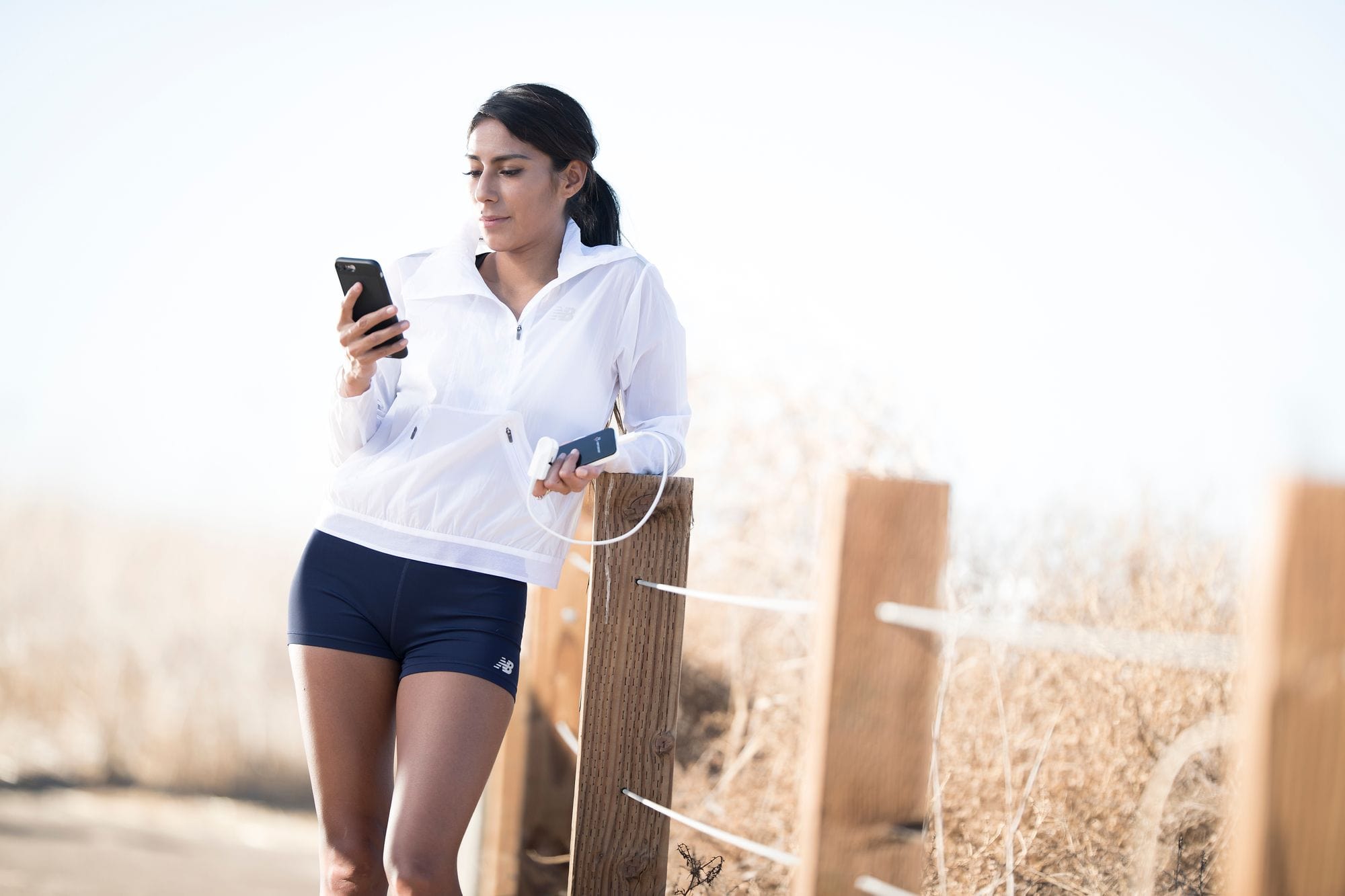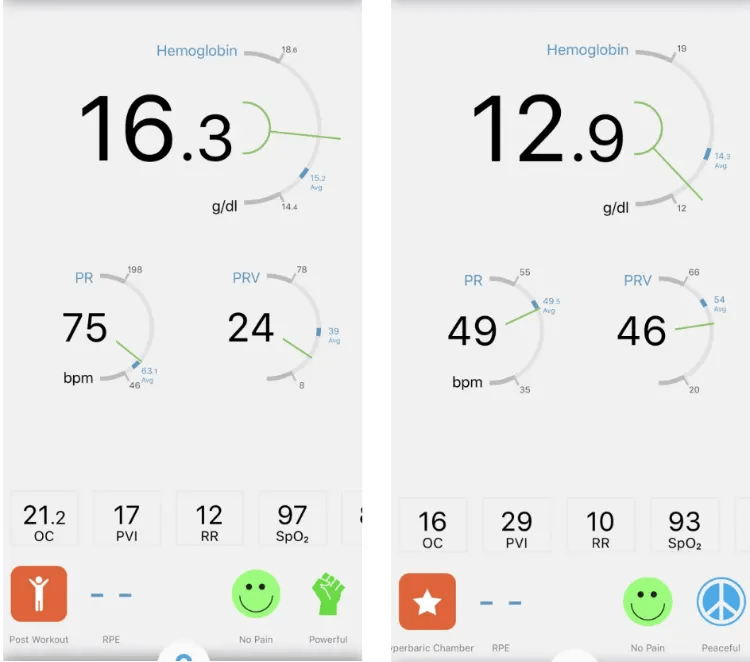By Brenda Martinez


For decades, altitude training has been a traditional practice utilized by middle and long distance runners for the sole purpose of becoming more competitive at aerobic-based events. In 1968 this became a marquee topic in the athletics community because of the Olympics held in Mexico City (7,382 feet above sea level). This would expose athletes to a new stimulus due to the decreased levels of oxygen. At the time research on altitude training and competition was in its adolescent stages. Fast-forward 40 years and a new concept has been born “ live high, train low”. Introduced to me by my legendary coach Dr. Joe Vigil, the theorized concept is hypothesized as reaping the benefits brought with a sedentary life at altitude, while allowing one to, “push the envelope” by training executed at sea-level. Just recently I completed my favorite work-out at sea level, mile repeats. The reason this work-out is my favorite is because it’s proven to be effective when introduced and tailored to the fitness level of the athlete. Regardless of the training goal, your exercise program must be carefully orchestrated while obeying the principles of “FIIT”, frequency intensity, type, and time. Notice that the F does not stand for Feeling. Frequency would be 3 intervals with 3 minutes between each interval, intensity is set at 87% of my vv02 (velocity at maximal oxygen uptake). While my type and time are cardio respiratory training for 4:45 or 1 mile. The results and completed times for each mile interval were 4:51 4:48 4:42.
What follows after throwing a stressful stimulus at my body? Like a rock being thrown into water there’s a ripple effect. Working out comes at a cost. I use different recovery methods that aid me in my recovery. In the science community, recovery is often considered under the umbrella of “soft science” due to the difficult to establish strictly measurable criteria. How often have you heard someone giving lip service to the notion that recovery is just as important as the work out? Throughout my youth and young adult career the extent of recovery days came to me at a pace prescribed as “conversational”. Parallel to my work-outs, I don’t base my recovery off of feeling or being able to hold a conversation. Ember allows me to track my parameters in a practical, noninvasive manner.
My recovery time is very limited; typically only 24 hours separate each training session. This puts a heavy premium to seek out the most effective recovery methods. Often practices such as ice baths, cryotherapy, hyperbaric chamber have been criticized because of the difficulty in measuring their effectiveness in total. Ember has given me validity for each of these techniques, eliminating human error by measuring how much my pulse rate variability and hemoglobin (the ratio of the volume of red blood cells to the total volume of blood) levels have been influenced. Pulse rate variability, as defined by Cercacor, is measuring the variability of the beat-to-beat intervals of the pulse rate obtained at the fingertip from a photoplethysmograph.

Following my mile intervals, I had sought out a cryotherapy session at The Recovery Lab in Rancho Cucamonga coupled with a 2-hour session inside of a hyperbaric chamber at my residence. For those who have not familiarized themselves with cryotherapy, it is a new trend for treatment known as cold therapy. I went ahead and took my parameters before and after cryotherapy and the hyperbaric. After a quick reading, my pulse rate variability had decreased by 10 points. Indicating that the cryotherapy had positively influenced my recovery process significantly. As for the Hyperbaric chamber, this is a confined space that allows the body access to increased levels of oxygen within the time spent inside the chamber. From the 2 hours spent within the chamber my ember device indicated that my hemoglobin, surged from a 13.6 to 14.8 directly impacting my oxygen content (OC). Oxygen content is the total amount oxygen being delivered to your body via hemoglobin. Both Hemoglobin and OC fatigue indicators measured by ember ensured I was spending my time and money efficiently.
In the past, my only measurement of recovery has been asking myself how I felt. Essentially, I was taking sensory information from my body and subjectively processing it through the eye of my mind. This human process, although natural, has a large margin for error. I cannot count the number of training sessions I felt worse than par and had a magnificent workout and vice versa. I have also been able to hone in what foods my body’s metabolic processes respond positively to and foods that have negative residual effects after consumption. This data allows me to prepare properly for peak performance which is why I always keep my ember devise within arm’s reach.





